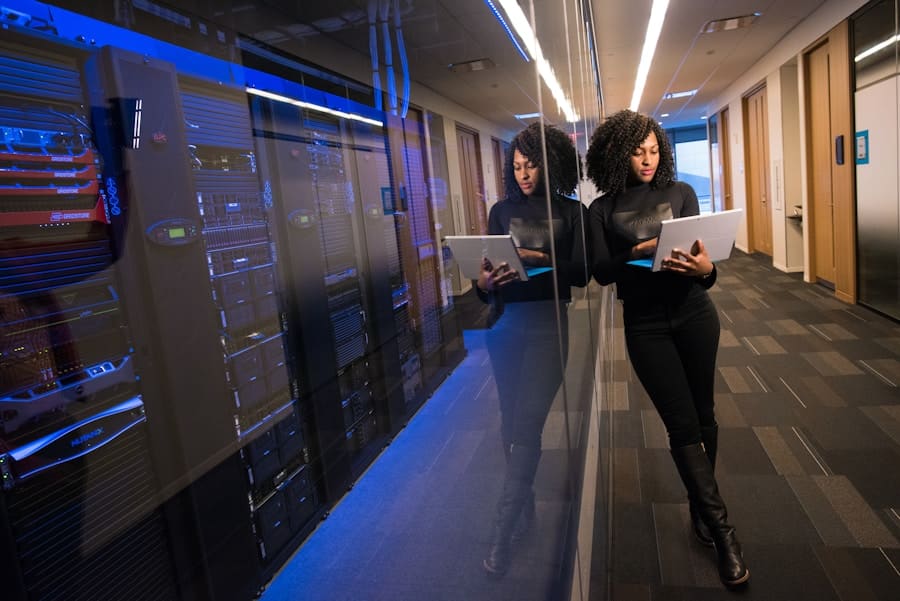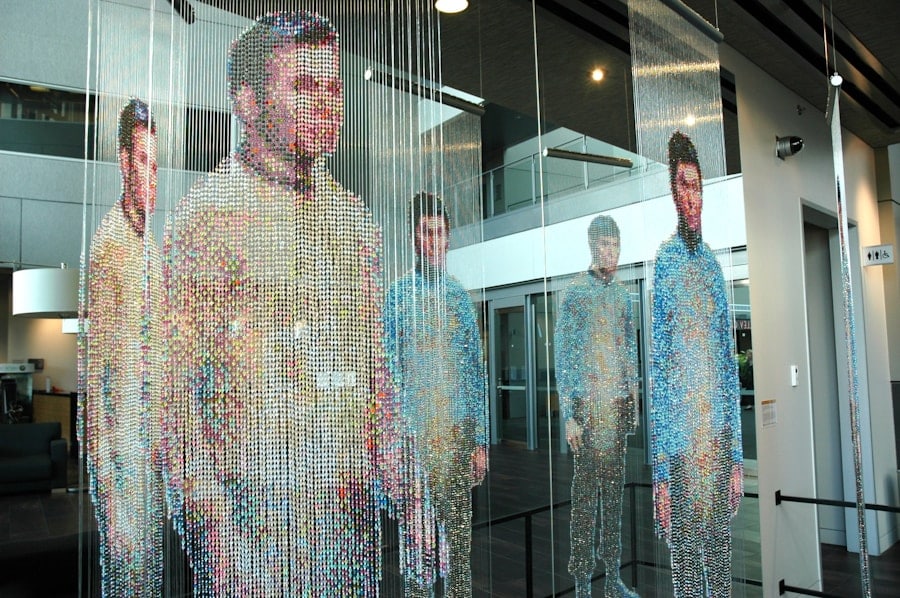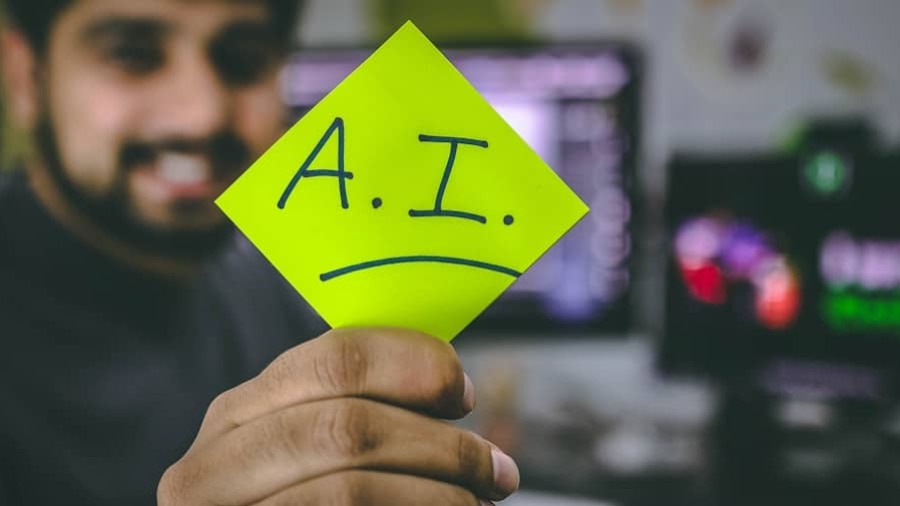Workplace bias is a pervasive issue that affects organizations across various industries, often leading to inequitable treatment of employees based on characteristics such as race, gender, age, or disability. This bias can manifest in numerous ways, from hiring practices to promotions and evaluations, ultimately impacting employee morale, productivity, and retention. The implications of workplace bias extend beyond individual employees; they can hinder organizational growth and innovation by stifling diverse perspectives and ideas.
The complexity of workplace bias is compounded by unconscious biases that individuals may not even be aware they possess. These biases can influence decision-making processes, often resulting in systemic inequities that disadvantage certain groups.
For instance, studies have shown that resumes with traditionally “white-sounding” names receive more callbacks than those with names that are perceived as ethnic or minority. Such biases can lead to a homogenous workforce that lacks the diverse viewpoints necessary for creativity and problem-solving. Addressing these biases is not merely a moral imperative; it is also a strategic necessity for organizations aiming to thrive in an increasingly competitive global market.
Key Takeaways
- Workplace bias is a pervasive issue that can negatively impact employee experiences and organizational culture.
- AI can play a crucial role in detecting and reducing bias in various aspects of the workplace, including hiring, employee evaluations, promotions, and compensation.
- AI tools can help organizations identify and address bias in hiring processes by analyzing job descriptions, screening resumes, and conducting structured interviews.
- AI can be used to monitor and address bias in employee evaluations by analyzing performance data and providing feedback to managers.
- Implementing AI in identifying and addressing bias in promotions and advancements can help ensure fair and equitable opportunities for all employees.
- AI solutions can be utilized to address bias in pay and compensation by analyzing salary data and identifying disparities based on gender, race, or other factors.
- Ethical considerations, such as privacy and transparency, must be carefully considered when using AI to address workplace bias.
- The future of AI in reducing workplace bias looks promising, but it is essential to continue evaluating and refining these technologies to ensure they are used responsibly and effectively.
The Role of AI in Detecting Bias
Uncovering Hidden Patterns
By analyzing vast amounts of data, AI can uncover patterns and trends that may indicate bias in various organizational processes.
Targeted Action and Insights
This capability allows organizations to pinpoint specific areas where bias may be occurring, enabling them to take targeted action. Moreover, AI’s ability to process data at scale means that it can provide insights that would be nearly impossible for human analysts to uncover. For instance, AI can analyze employee evaluations across departments to identify whether certain demographics are consistently rated lower than their peers, even when their performance metrics suggest otherwise.
Towards a More Equitable Workplace
This level of analysis not only highlights potential biases but also provides organizations with the evidence needed to implement changes. By leveraging AI in this way, companies can move towards a more equitable workplace where decisions are based on merit rather than unconscious biases.
Using AI to Reduce Bias in Hiring Processes

The hiring process is often the first point of contact between an organization and potential employees, making it a critical area for addressing bias. AI can play a transformative role in this phase by streamlining recruitment and ensuring that candidates are evaluated based on their skills and qualifications rather than extraneous factors. For example, AI-driven applicant tracking systems can anonymize resumes by removing names and other identifying information that could lead to biased decisions.
This approach allows hiring managers to focus solely on the competencies of candidates, thereby reducing the likelihood of discrimination. Additionally, AI can assist in creating more inclusive job descriptions that attract a diverse pool of applicants. Natural language processing (NLP) algorithms can analyze job postings for biased language that may deter certain groups from applying.
For instance, words like “aggressive” or “ninja” may resonate more with male candidates, while terms like “collaborative” or “supportive” might appeal more to female candidates. By refining the language used in job descriptions, organizations can foster a more inclusive environment from the outset, encouraging a wider range of applicants to consider opportunities within the company.
AI Tools for Monitoring and Addressing Bias in Employee Evaluations
Employee evaluations are another critical area where bias can significantly impact career progression and job satisfaction. AI tools can be employed to monitor evaluation processes and ensure that assessments are fair and equitable. For instance, machine learning algorithms can analyze performance reviews to identify patterns of bias based on demographic factors.
If certain groups consistently receive lower ratings despite similar performance metrics, organizations can investigate further and address any underlying issues. Moreover, AI can facilitate more objective evaluation criteria by providing data-driven insights into employee performance. By establishing clear benchmarks and using AI to track progress against these metrics, organizations can minimize subjective interpretations that may lead to biased evaluations.
For example, if an employee consistently meets or exceeds their targets but receives lower performance ratings due to personal biases from evaluators, AI can highlight this discrepancy and prompt a reevaluation of the assessment process. This approach not only promotes fairness but also enhances employee trust in the evaluation system.
Implementing AI to Identify and Address Bias in Promotions and Advancements
Promotions and career advancements are often influenced by biases that can hinder the growth of underrepresented groups within an organization. AI can be instrumental in identifying these biases by analyzing promotion data to uncover trends that may indicate discrimination. For example, if data shows that employees from certain demographics are less likely to be promoted despite having similar qualifications and performance records as their peers, organizations can take proactive measures to address these disparities.
Furthermore, AI can help create transparent promotion criteria that are based on objective performance metrics rather than subjective opinions. By utilizing predictive analytics, organizations can identify high-potential employees who may be overlooked due to biases in traditional evaluation processes. This data-driven approach not only ensures that promotions are awarded based on merit but also fosters a culture of inclusivity where all employees feel valued and recognized for their contributions.
AI Solutions for Addressing Bias in Pay and Compensation

Compensation disparities are a significant concern in discussions about workplace bias, with research consistently showing that women and minority groups often earn less than their counterparts for similar roles. AI can play a crucial role in addressing these inequities by analyzing pay data to identify discrepancies based on demographic factors. For instance, machine learning algorithms can assess salary data across various departments and roles to determine whether certain groups are systematically underpaid compared to their peers.
In addition to identifying pay gaps, AI can assist organizations in developing equitable compensation structures by providing insights into market rates for various positions. By leveraging data analytics, companies can ensure that their pay scales are competitive and fair, reducing the likelihood of bias influencing compensation decisions. Furthermore, implementing AI-driven compensation reviews can help organizations maintain transparency and accountability in their pay practices, fostering trust among employees and promoting a culture of equity.
The Ethical Considerations of Using AI to Address Workplace Bias
While the potential benefits of using AI to address workplace bias are significant, ethical considerations must be taken into account when implementing these technologies. One major concern is the risk of perpetuating existing biases if the data used to train AI systems is flawed or biased itself. For example, if historical hiring data reflects past discriminatory practices, an AI system trained on this data may inadvertently learn and replicate those biases in its decision-making processes.
Organizations must therefore ensure that they use diverse and representative datasets when developing AI solutions. Additionally, transparency is crucial when deploying AI tools in the workplace. Employees should be informed about how AI is being used in decision-making processes related to hiring, evaluations, promotions, and compensation.
This transparency not only builds trust but also allows employees to understand how their data is being utilized and how decisions are made. Furthermore, organizations should establish clear guidelines for accountability when it comes to AI-driven decisions, ensuring that there are mechanisms in place for addressing any potential biases or errors that may arise.
The Future of AI in Reducing Workplace Bias
As organizations continue to grapple with the complexities of workplace bias, the role of AI will likely become increasingly prominent in efforts to create equitable environments. The ability of AI to analyze vast amounts of data and uncover hidden patterns offers unprecedented opportunities for identifying and addressing biases across various organizational processes. However, it is essential for companies to approach the implementation of AI with caution, ensuring that ethical considerations are prioritized and that transparency is maintained throughout.
The future of AI in reducing workplace bias hinges on collaboration between technology developers, organizational leaders, and employees themselves. By working together to harness the power of AI responsibly, organizations can create inclusive workplaces where all individuals have equal opportunities to thrive and succeed. As we move forward into an era where technology plays an integral role in shaping workplace dynamics, the commitment to equity must remain at the forefront of these advancements.
A related article to “How AI Is Being Used to Detect and Reduce Workplace Bias” is “The Ultimate Guide to the Best Screen Recording Software in 2023” which can be found here. This article discusses the top screen recording software options available in 2023, providing valuable information for professionals looking to enhance their productivity and efficiency in the workplace. By utilizing the best screen recording software, employees can easily create tutorials, presentations, and training materials to improve communication and collaboration within their organizations.
FAQs
What is workplace bias?
Workplace bias refers to the unfair treatment of an individual or group of individuals based on their race, gender, age, sexual orientation, or other characteristics.
How is AI being used to detect workplace bias?
AI is being used to detect workplace bias by analyzing large sets of data to identify patterns and trends in hiring, promotion, and performance evaluation processes. AI can also be used to monitor language and behavior in the workplace for signs of bias.
How is AI being used to reduce workplace bias?
AI is being used to reduce workplace bias by implementing blind recruitment processes, providing bias training to employees, and creating algorithms that can flag potential instances of bias in decision-making.
What are the benefits of using AI to detect and reduce workplace bias?
The benefits of using AI to detect and reduce workplace bias include creating a more inclusive and diverse work environment, improving employee morale and retention, and reducing the risk of legal action related to discrimination.
What are the limitations of using AI to detect and reduce workplace bias?
Limitations of using AI to detect and reduce workplace bias include the potential for algorithmic bias, the need for ongoing human oversight and intervention, and the challenge of addressing unconscious bias that may not be captured by AI systems.

